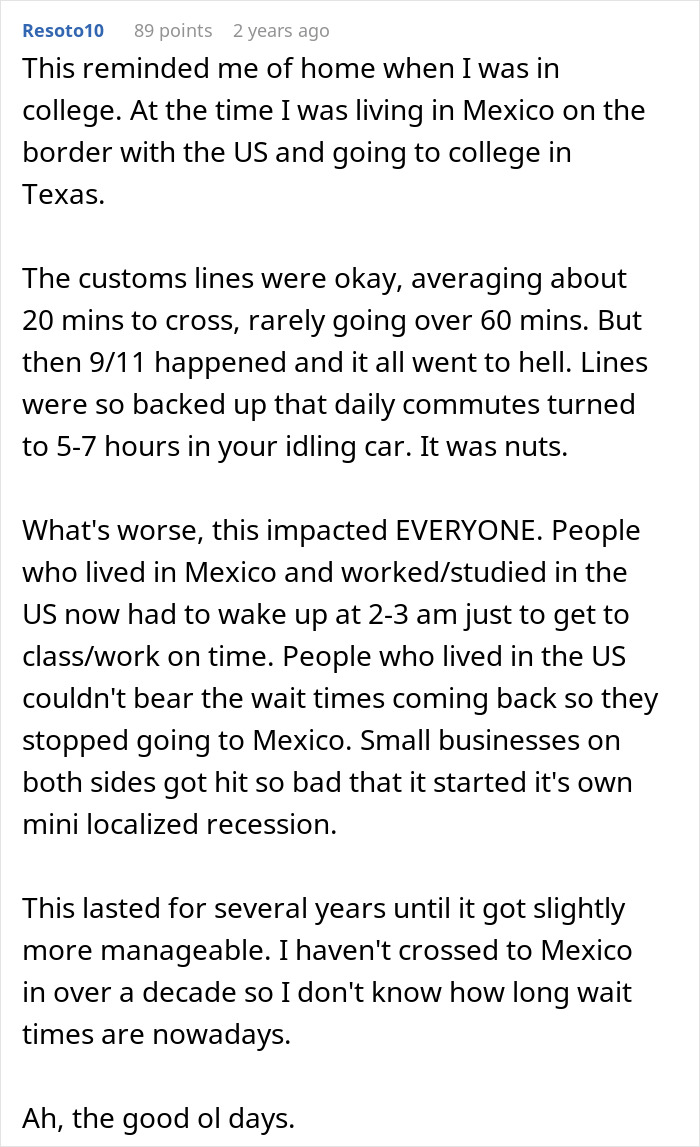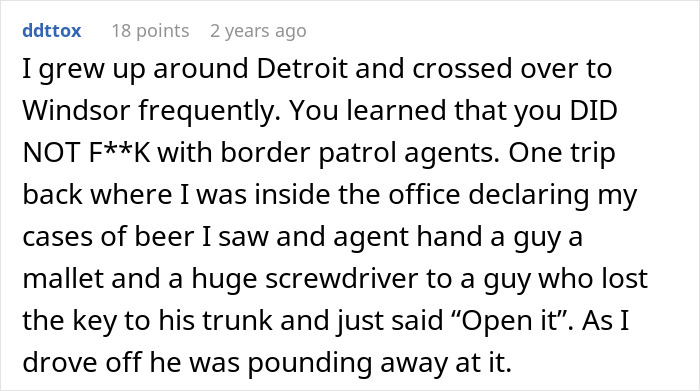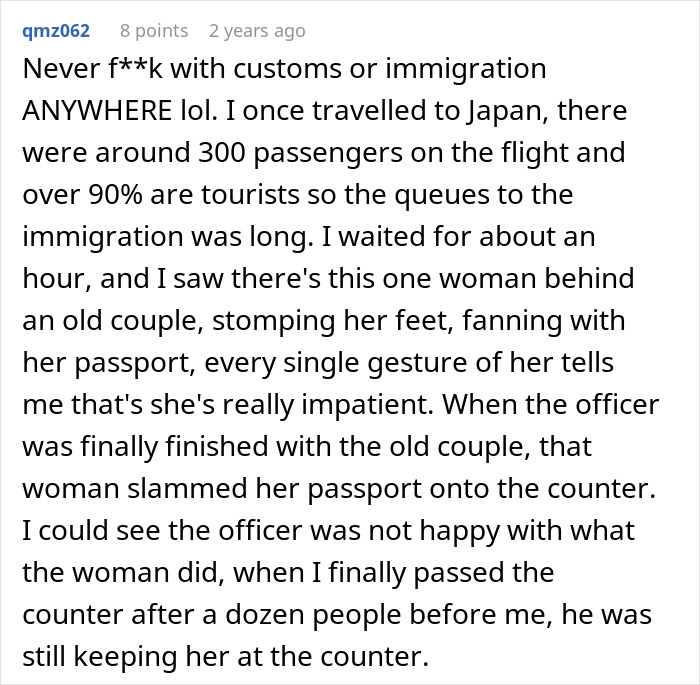The holidays can seem like a hectic and crazy time. Everyone’s rushing, everyone has somewhere to be. Still, it’s hardly a reason to act like a jerk to others. Especially to people with small children, who probably have enough on their plate as it is.
This mother shared an interesting incident that happened to her at the Hungarian-Serbian border as she was coming back to celebrate Christmas with her family. The antagonists in this story probably forgot that the rules when in line at customs are different from a line to buy a bagel. Especially when you’re leaving the Schengen Area. She went to r/MaliciousCompliance to demonstrate that sometimes karma can be instant and ruthless.
Waiting in congested traffic for hours is not a pleasant experience
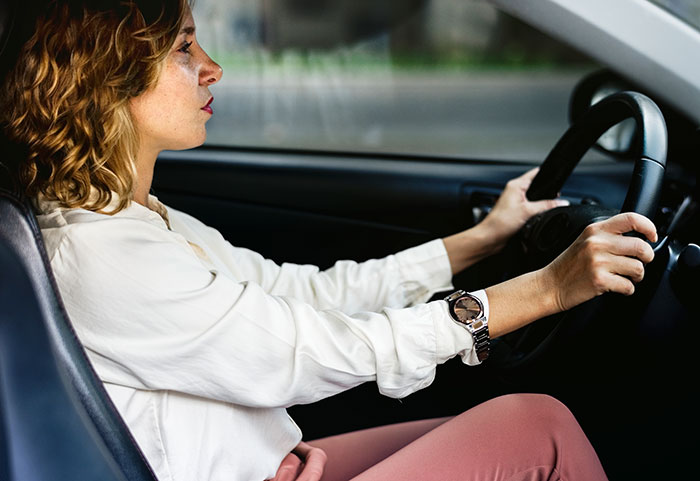
Image credits: Rawpixel (not the actual photo)
Some people might decide they’re cleverer than others and try to cut in line
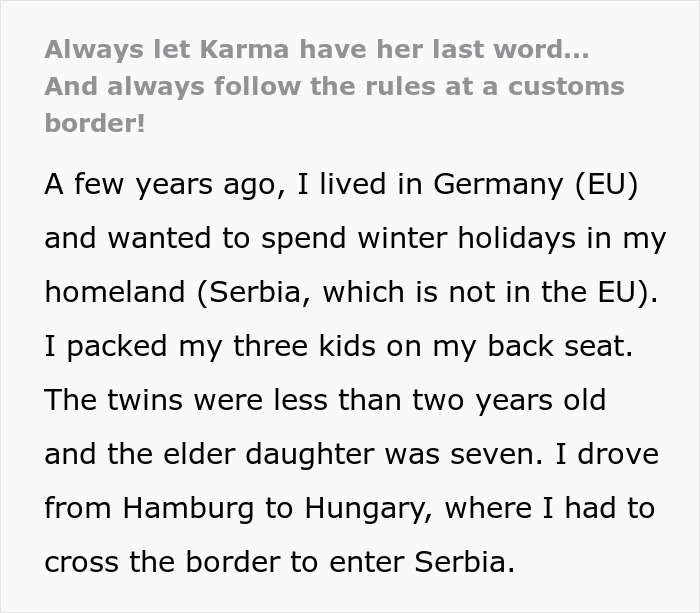
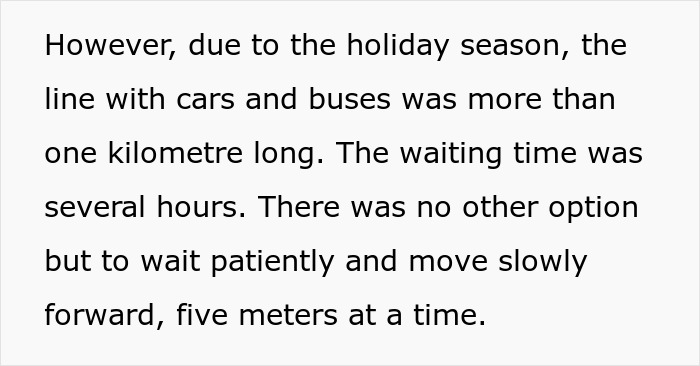
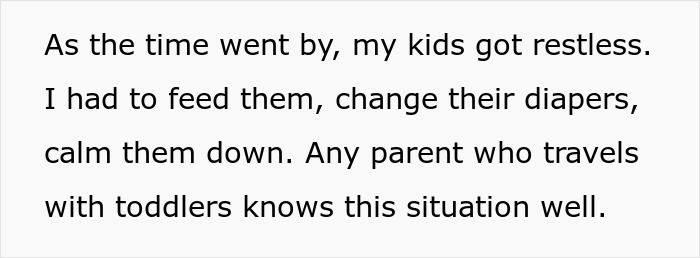
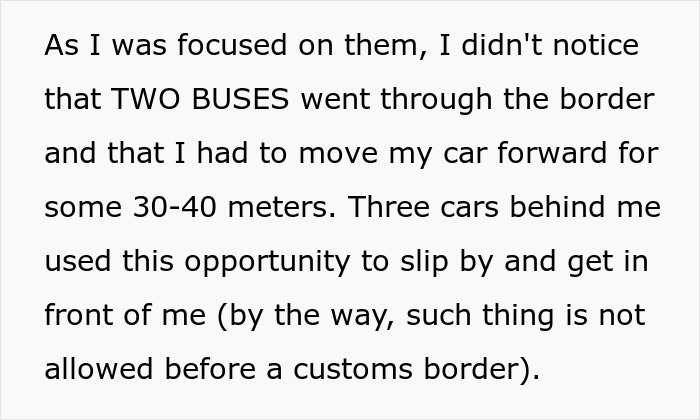
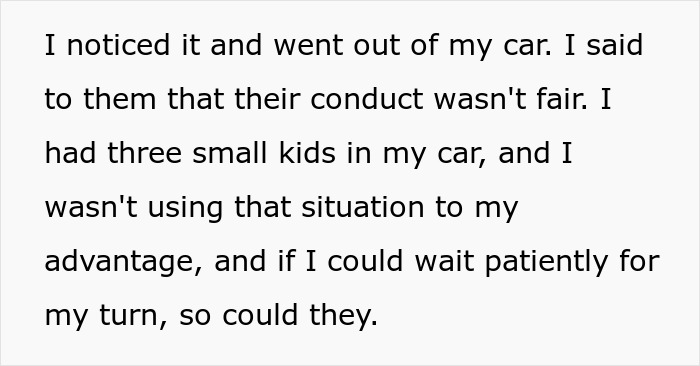
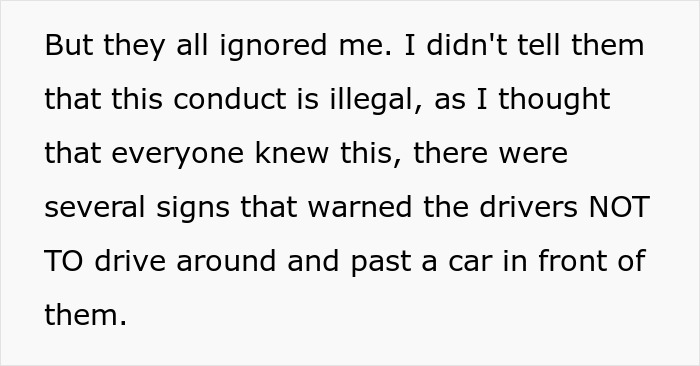
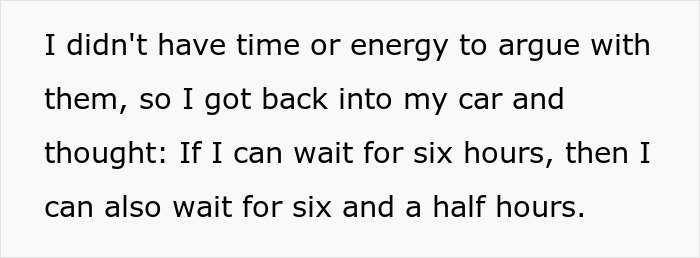
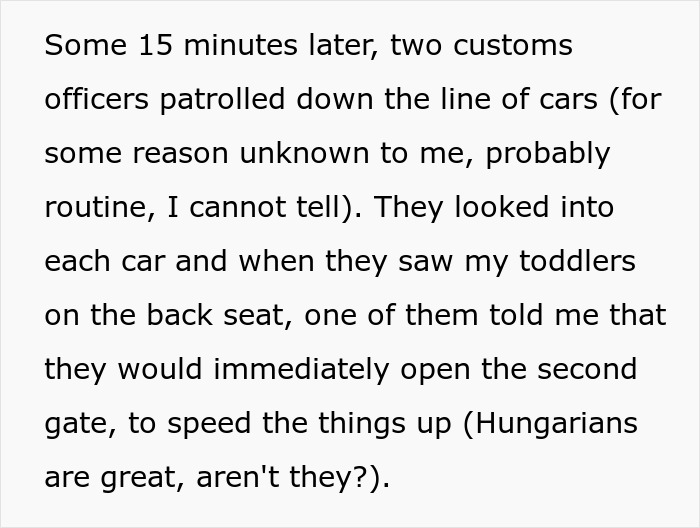
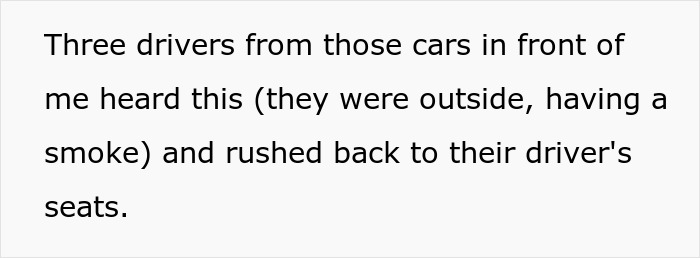
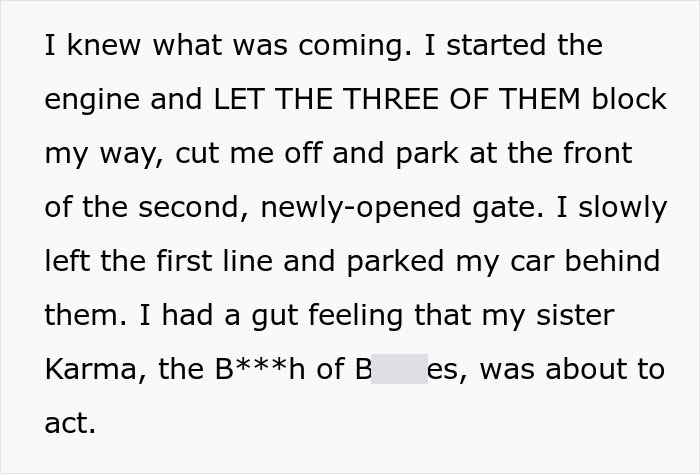
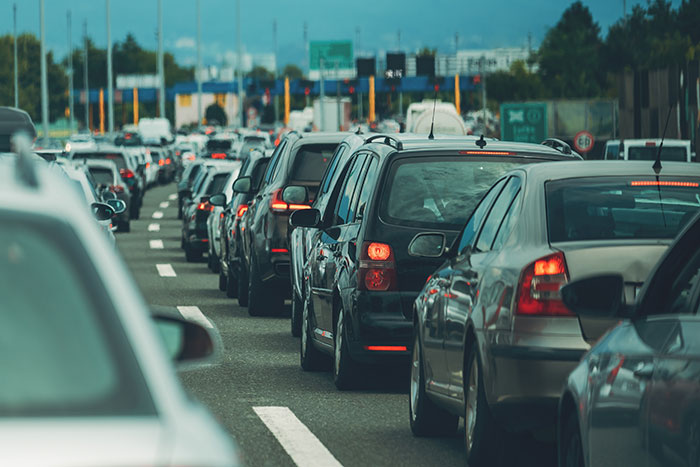
Image credits: stevanovicigor (not the actual photo)
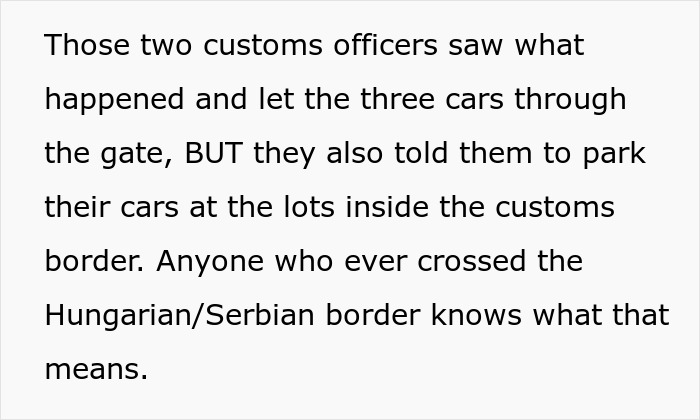
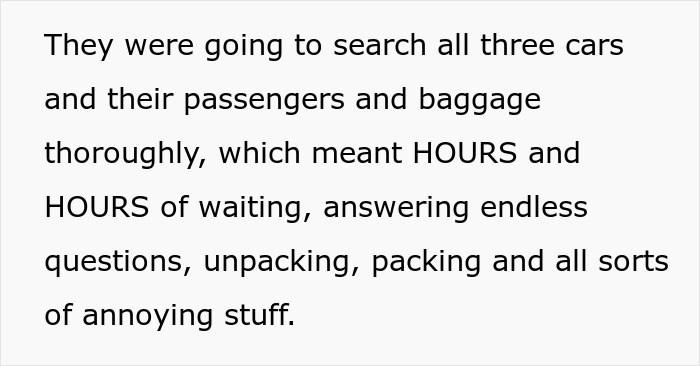
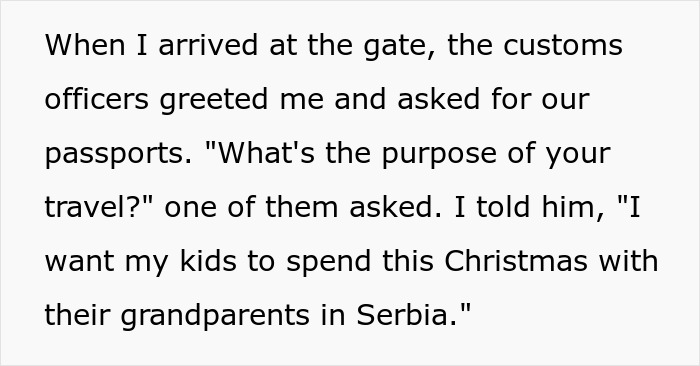
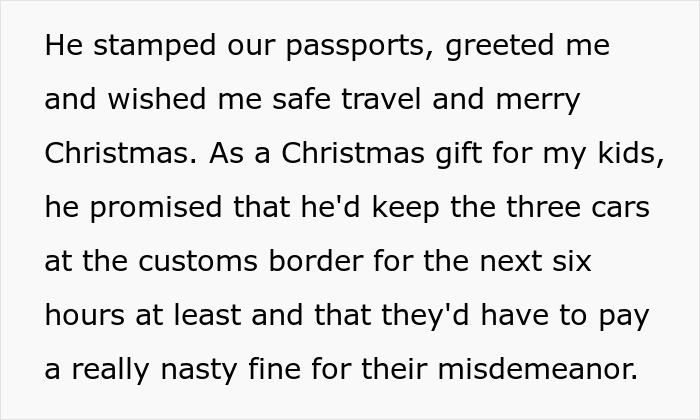
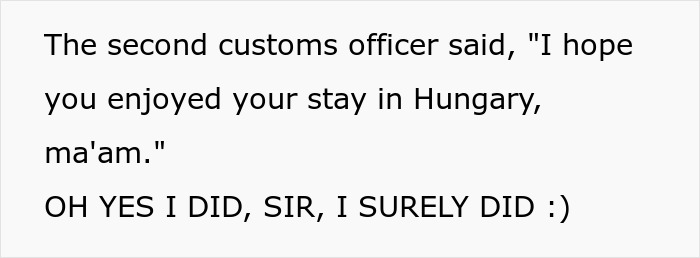
Image credits: u/LiminaNinja
The Hungarian-Serbian border gets congested because it’s an external border of the EU
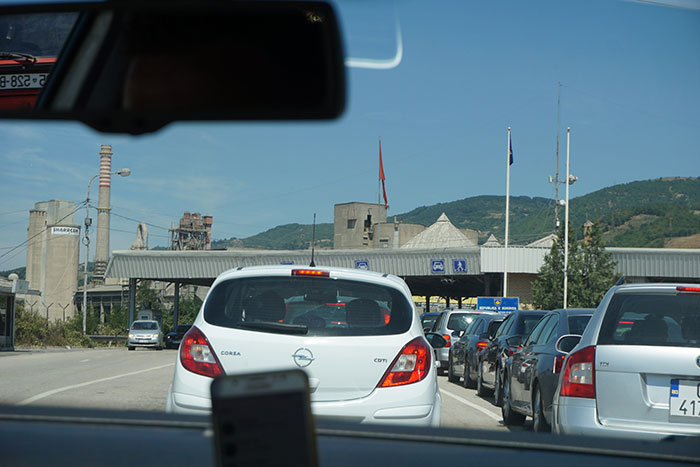
Image credits: Andrew Milligan sumo (not the actual photo)
Just like the OP mentioned, Serbian customs officers take their job seriously. The reason for that is that while Hungary is a member of the EU and therefore part of the Schengen Area, Serbia is not. That can make passing the border a bit more difficult, as it’s an external border of the EU.
It basically means that EU citizens and persons get minimum checks. They just show their travel documents for verification of identity. Third-country nationals get thorough checks upon entry and exit.
Serbia has several official border crossings with neighboring countries. The major ones to Hungary (Horgoš and Kelebija) usually get seriously congested during New Year’s, Christmas Eve and Easter. TripAdvisor writes that it can take up to 4 hours in some cases, so they recommend travelers check traffic reports and choose other minor crossings.
As to how seriously the officers take their job, that depends on each officer. One regular commuter told the independent Serbian media outlet Átlátszó Erdély her experience. “There are police officers who recognize commuters and only check the authenticity of their documents, and there are others who check them like any foreign guest worker or tourist.”
“Commuters feel this is unfair, although they also understand the police, because they heard of border guards who were sanctioned for being too lenient, for not checking the luggage compartment of cars leaving Hungary, or for not wearing the mandatory hat as part of their uniform.”
Another commuter Slobodan Nikolić told the Hungarian media outlet Serbs might be more used to long waiting times at the border. “For someone from Vojvodina, it’s normal, you can’t imagine crossing the border without waiting. But for a Hungarian, it is unthinkable to have to wait an hour or more at the border,” he explained.
A new electronic system might be the solution and make long waiting hours a thing of the past
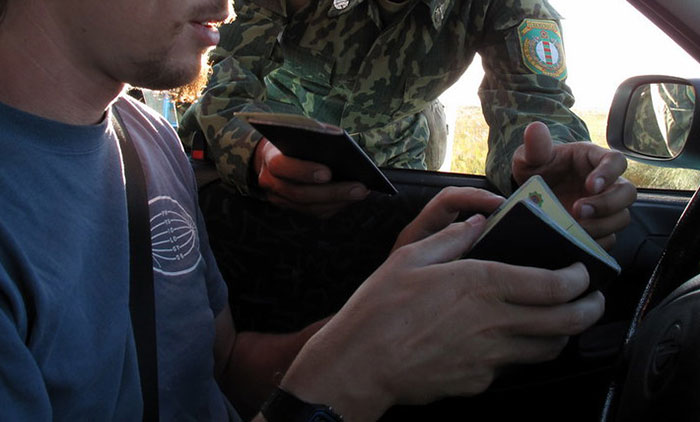
Image credits: Peretz Partensky (not the actual photo)
One of the reasons people have to wait in long lines at the Hungarian-Serbian border is system breakdowns. While that may be true, one driver says that border guards are deliberately slowing down the process because of poor working conditions. He quotes a Serbian saying: “You can’t underpay me as miserably as I can underperform.”
The authorities’ solution to this problem is to adopt a new EES system at the Röszke crossing. It stands for European Entry/Exit System. The key behind it is Automated Border Control – ABC. “The ABC system speeds up security checks and biometric verification for low-risk travelers,” writes the software and hardware company Adaptive Recognition.
This technology would speed up the checking process for frequent travelers. Border officers would deal with those who require further checks. The best example is a bus full of passengers. When it approaches the border control, passengers get out of the bus and proceed to security checks.
The passengers would have to provide their identity document for verification. The second and final step is the biometric check of the traveler. During that time, border police inspect the vehicle.
“The system is expected to contribute to the prevention and detection of terrorist offenses and other serious crimes,” Átlátszó Erdély journalists write. “It will also simplify and speed up border crossings by automating the border control process instead of stamping passports.”
But some frequent travelers remain skeptical. One man believes that technology is not perfect either. “I once had a traveler, an old lady, aged 65-70, taken out of a car and told she was wanted by the police,” he tells Átlátszó Erdély. “The next day, I met her in Austria.”
“When I asked her what had happened, she said she had been put into the system of wanted persons by mistake. She was supposed to go back to work as a care worker, so her children had to come and pick her up – all that is in the spirit of development.”
OP answered some questions and clarified some specific things about the Hungarian-Serbiam border

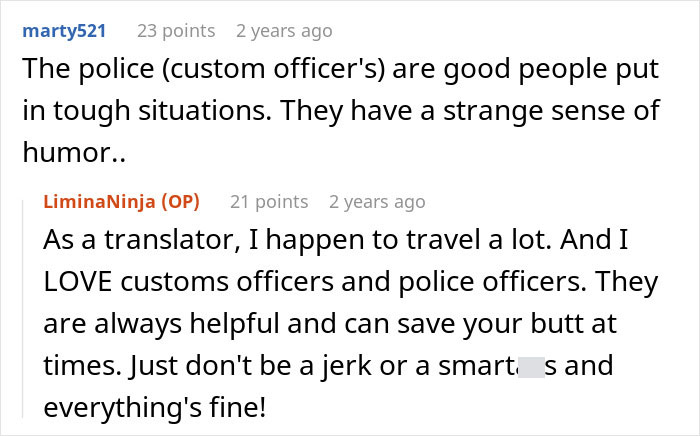
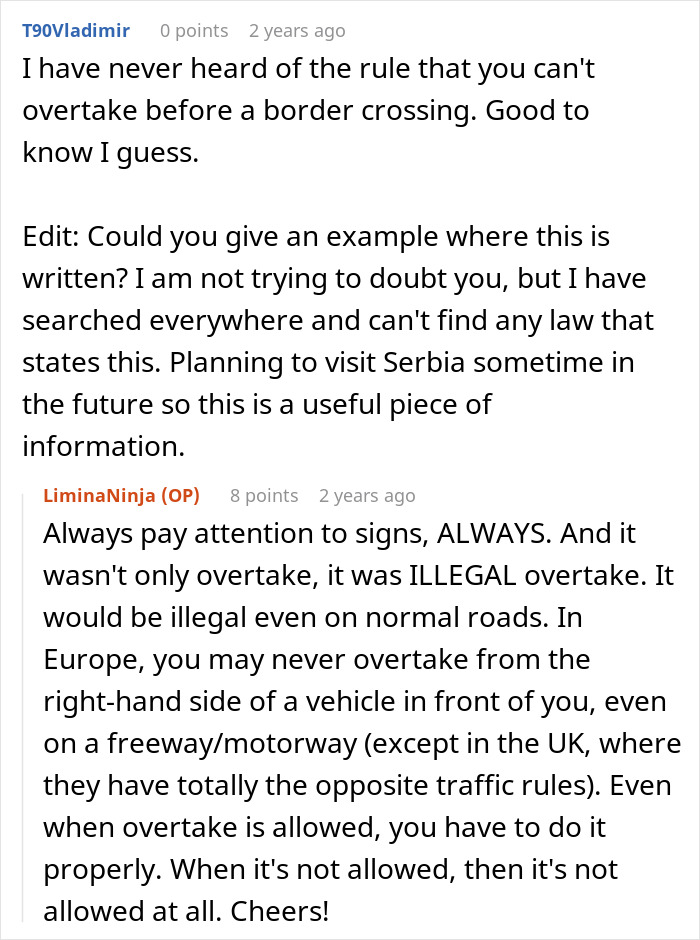
Some commenters praised the OP, others shared similar experiences



